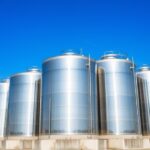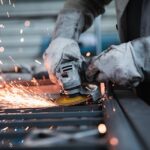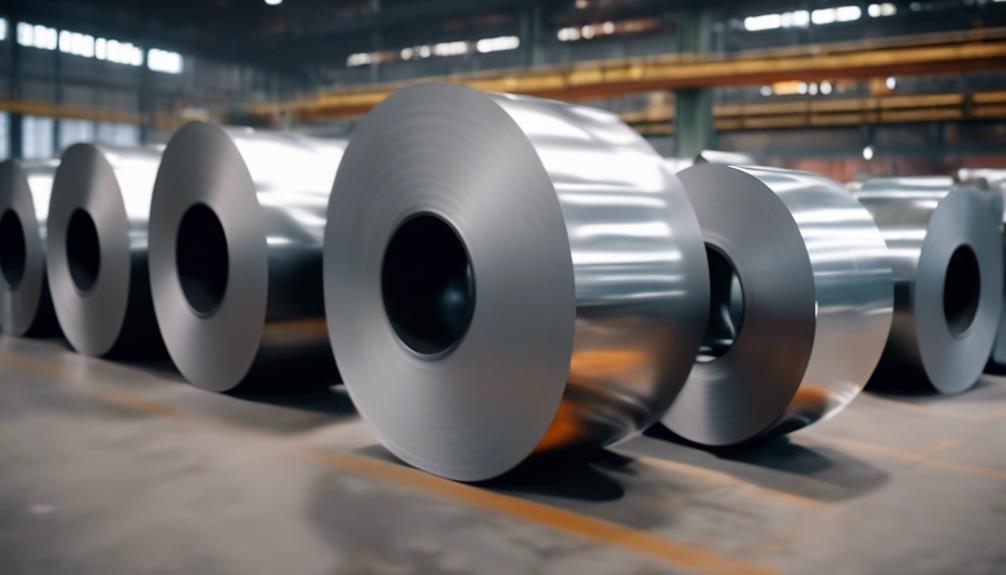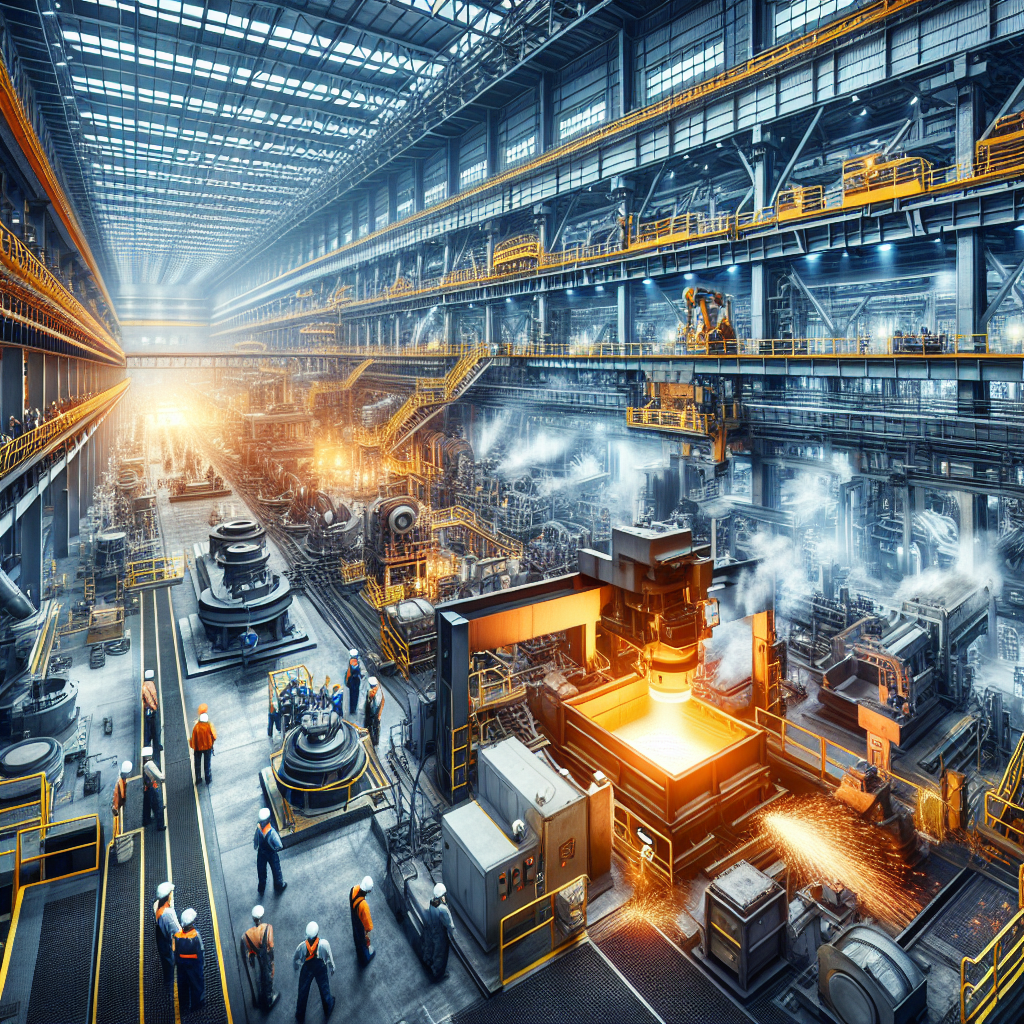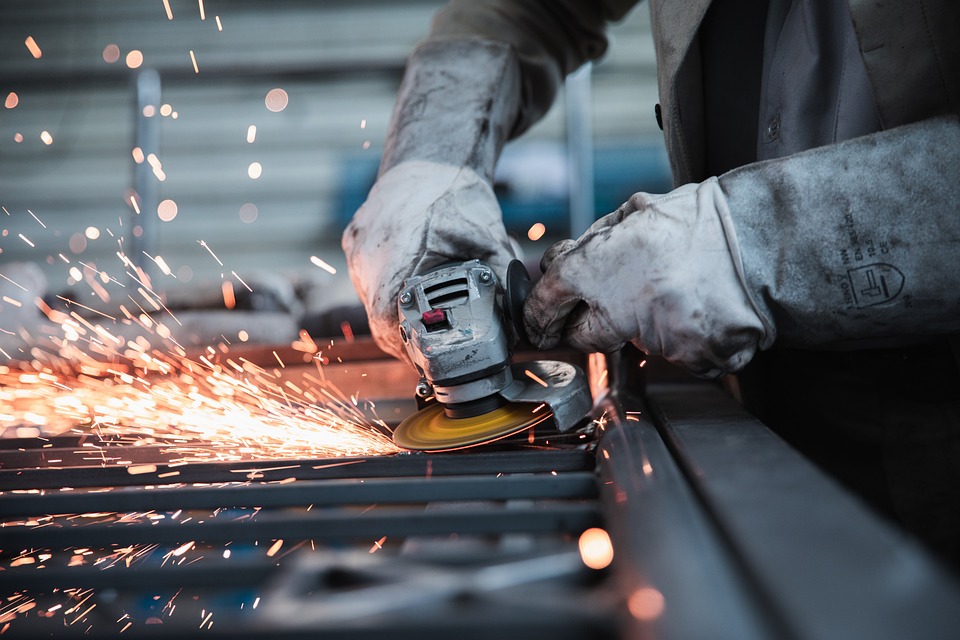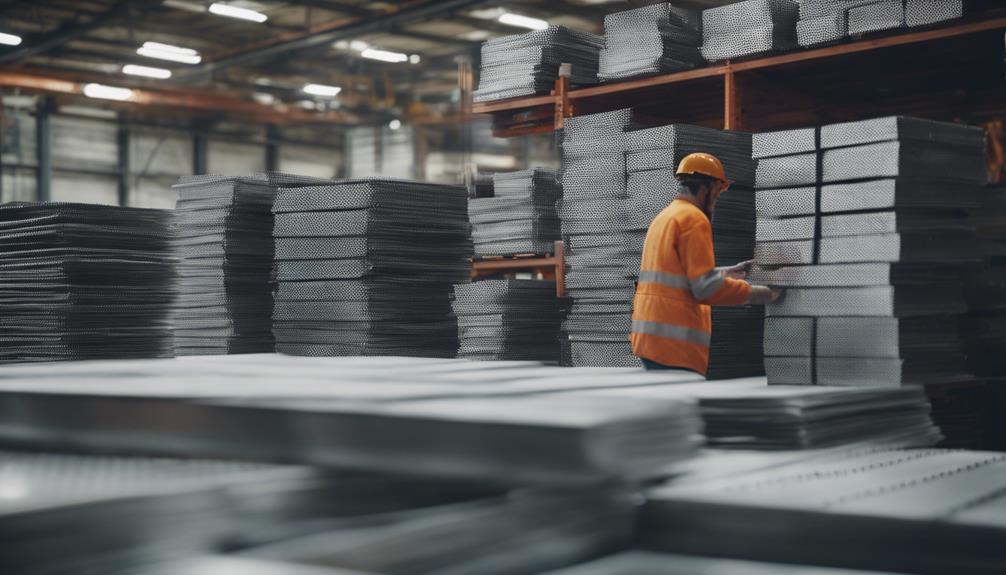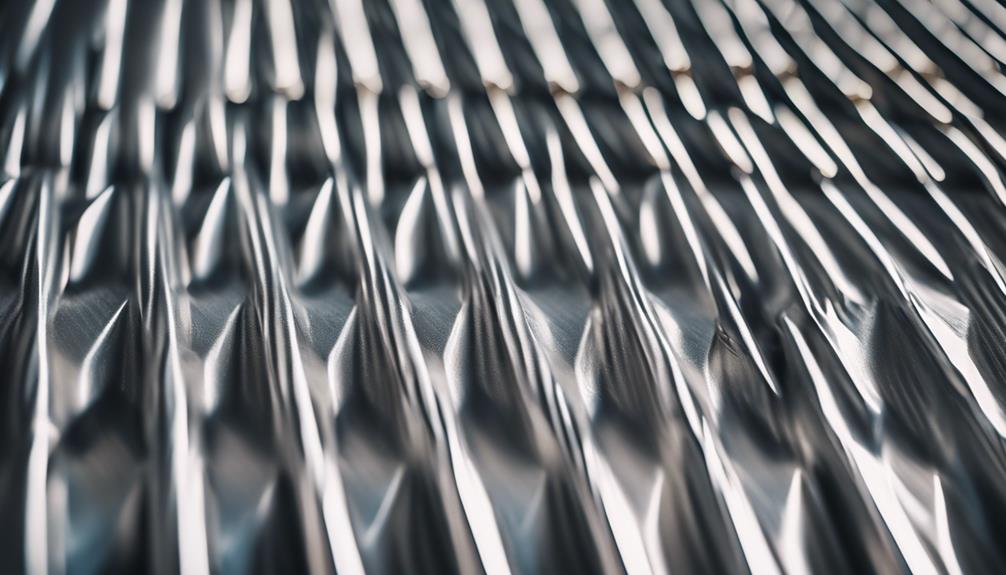Cold rolled steel stands out for its improved surface characteristics, high precision, and reliable performance in demanding environments, making it suitable for high-stress applications across various industries. Its exceptional strength, precise dimensional tolerances, and resistance to rust make it a top choice for applications requiring structural durability. Compared to hot rolled steel, cold rolled steel offers enhanced dimensional precision, superior surface quality, and consistent structural strength, appealing for its precision, surface quality, and strength. To truly understand the benefits of cold rolled steel and its manufacturing process, explore further details on its superior strength, tight dimensional tolerances, and quality control procedures.
Key Takeaways
- Cold rolled steel is inherently stronger than hot rolled steel.
- Ideal for applications requiring precise dimensions and improved surface characteristics.
- Provides better surface finishes, closer tolerances, and high precision.
- Guarantees top performance in demanding environments.
- Smooth surfaces make it preferred for industries requiring reliable performance.
Advantages of Cold Rolled Steel
Cold Rolled Steel offers a multitude of advantages compared to standard hot rolled steel, particularly with regards to hardness, strength, and surface quality. Cold rolled steel is inherently stronger than hot rolled steel, making it an ideal choice for applications requiring precise dimensions and improved surface characteristics. It provides better surface finishes, closer tolerances, and high precision, making it suitable for high-stress applications such as aerospace structures. The improved strength and dimensional accuracy of cold rolled steel guarantee top performance in demanding environments. Additionally, the smooth surfaces of cold rolled steel, often oily to the touch, make it a preferred material for various industries where high precision and reliable performance are essential.
Applications of Cold Rolled Steel
Frequently employed in various industries for its exceptional strength and precise dimensional tolerances, cold rolled steel finds extensive applications in a wide range of mechanical components and structural elements. In aerospace structures, cold rolled steel is favored for its high strength and ability to meet tight dimensional requirements. Home appliances benefit from its improved surface finish and resistance to rust, while metal furniture manufacturers appreciate its strength for enduring high stress applications. Cold rolled steel is commonly used in producing strips, rods, bars, and sheets for various mechanical components due to its durability and reliability. The enhanced strength achieved through cold rolling makes it suitable for high stress applications where resilience is key.
Key Differences From Hot Rolled Steel
Compared to hot rolled steel, cold rolled steel offers distinct advantages with regards to dimensional precision, surface quality, and structural strength. Cold rolled steel is processed at room temperature, resulting in tighter dimensional tolerances compared to hot rolled steel. The surface finish of cold rolled steel is smoother, free from rust and scale, making it ideal for high-quality applications. Additionally, cold rolled steel exhibits higher strength and hardness levels than hot rolled steel, making it suitable for demanding structural components. The forming process of cold rolled steel does not cause shrinkage, ensuring consistent dimensions after fabrication. The choice between hot rolled and cold rolled steel depends on the required precision, surface quality, and strength characteristics of the final product.
Characteristics of Cold Rolled Steel
Characterized by enhanced strength and impeccable surface finish, cold rolled steel undergoes a precise room temperature processing method that sets it apart from hot rolled steel. Cold rolled steel tends to have less shrinkage and tighter dimensional tolerances due to the higher pressure shaping process it undergoes. With up to 20% more strength than hot rolled steel, the benefits of cold rolled steel make it ideal for high-stress applications where importance is paramount. This type of steel is commonly used in aerospace structures, home appliances, and mechanical components due to its cold finished properties. Its ability to maintain dimensions and superior surface quality make it a preferred choice for various products in different industries.
Manufacturing Process and Quality Control
The manufacturing process of cold rolled steel involves precision techniques to enhance its properties and guarantee consistent quality control measures are applied throughout. Cold rolled steel is produced through the cold rolling process, where the steel is passed through rollers at room temperature under high pressure to achieve tight dimensional tolerances. This process results in cold rolled steel being up to 20% stronger than hot rolled steel, making it suitable for applications requiring higher strength, such as aerospace structures and mechanical components. Quality control procedures during cold rolling ensure uniform properties and consistent surface finishes, making cold rolled steel a preferred choice for various industries due to its enhanced properties and reliable performance.
Frequently Asked Questions
What Is Cold Rolled Steel?
Cold rolled steel is a processed form of hot rolled steel subjected to further treatment at room temperature. It boasts enhanced properties such as increased strength, improved surface quality, and tight dimensional tolerances, making it ideal for demanding applications.
Is Cold Rolled Steel Stronger Than Regular Steel?
Yes, cold rolled steel is typically stronger than regular steel due to its refined grain structure and increased hardness from the cold rolling process. This enhances its tensile strength, making it ideal for applications requiring high strength and precise dimensions.
What Is Cold Rolled Steel Used?
Cold rolled steel is used in aerospace structures, home appliances, and metal furniture due to its high strength, precise dimensions, improved surface finish, and resistance to rust. It is also utilized in mechanical components for its superior strength and dimensional accuracy.
What Are the Disadvantages of Cold Rolled Steel?
The disadvantages of cold rolled steel include reduced ductility for certain forming operations, limited shape and size options, specialized production leading to less availability, higher cost compared to hot rolled steel due to additional processing steps, and potential need for extra corrosion prevention treatments.


